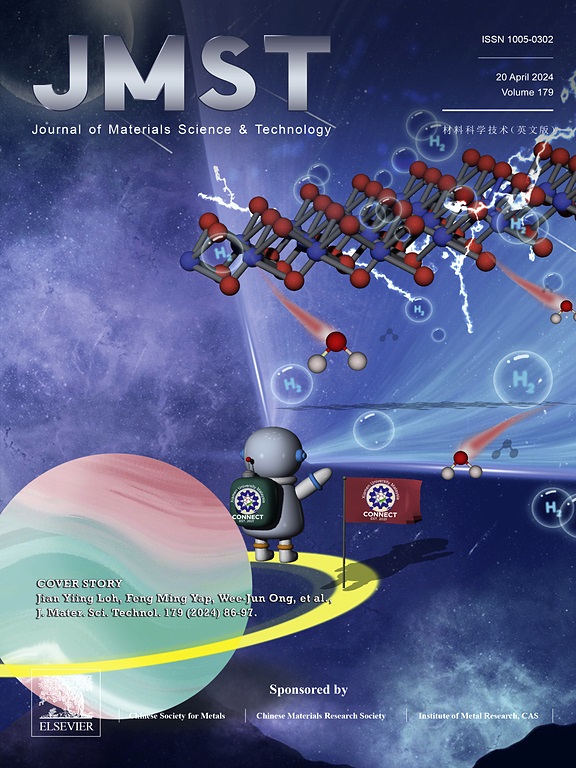In-situ polymerization towards modified polyether sulfone membrane with superior biocompatibility and antioxidant properties
IF 11.2
1区 材料科学
Q1 MATERIALS SCIENCE, MULTIDISCIPLINARY
引用次数: 0
Abstract
Oxidative stress is a critical risk factor for various disease complications in patients with end-stage renal disease, which may be further aggravated during hemodialysis. Herein, we prepared a hemodialysis membrane by introducing poly (2-Acrylamide-2-methylpropanesulfonic acid-N-vinylpyrrolidone) (P(AMPS-VP)) into the polyethersulfone (PES) membrane by simple in-situ polymerization and non-solvent phase separation (NIPS) method, followed by tannic acid (TA) coating construction through hydrogen bonding interaction, termed PES/P(AMPS-VP)-TA. The membrane can efficiently remove reactive nitrogen radicals (RNS) (DPPH•, 89.96%; ABTS•+, 90.49%) and reactive oxygen species (ROS) (O2•−, 90.45%), and has a very stable antioxidant property. Meanwhile, the membrane does not cause hemolysis and coagulation, and has superior blood compatibility required by hemodialysis membrane. In addition, the dialysis performance of the membrane is improved compared with unmodified PES, which is beneficial for practical hemodialysis applications. This work provides a reference for industrial preparation of hemodialysis membranes, which is expected to be applied to reduce oxidative stress in hemodialysis patients.

求助全文
约1分钟内获得全文
求助全文
来源期刊

Journal of Materials Science & Technology
工程技术-材料科学:综合
CiteScore
20.00
自引率
11.00%
发文量
995
审稿时长
13 days
期刊介绍:
Journal of Materials Science & Technology strives to promote global collaboration in the field of materials science and technology. It primarily publishes original research papers, invited review articles, letters, research notes, and summaries of scientific achievements. The journal covers a wide range of materials science and technology topics, including metallic materials, inorganic nonmetallic materials, and composite materials.
 求助内容:
求助内容: 应助结果提醒方式:
应助结果提醒方式:


